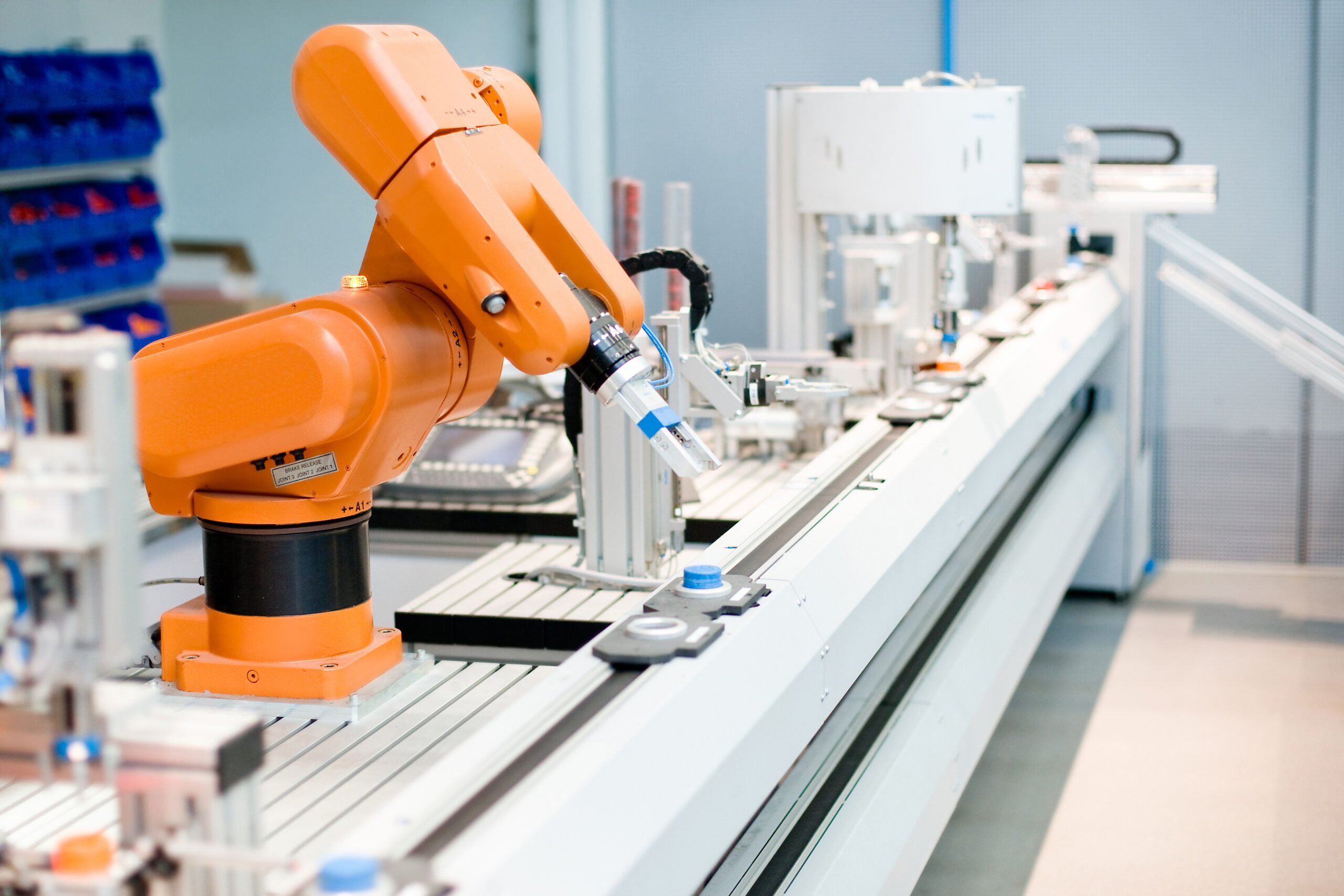
One of the questions our tech team asks engineers seeking an adhesive recommendation is “How many assemblies will you be manufacturing?” Although, from a business perspective, this is nice information to have. It is critical information to make an ideal product and process recommendation.
Often, the right viscosity, rheology, and set time of a process can be as important as ultimate bond strength. We recognize that design engineers may not always have the expected annual throughput or often are unable to share that information for proprietary reasons. So following are a few examples that may help in planning for scale-up to avoid additional adhesive selection and testing.
One viscosity may work well for manual application but dispensing via an automated dispensing system may suggest a different viscosity.
A start-up company underestimated the success of one of its products. Great news, right? They needed to switch from manual assembly to a high-speed automated process. The adhesive they had chosen was a slightly viscous cyanoacrylate which was easy to apply and spread manually. To switch to high-speed dispensing, they wanted a lower viscosity that would flow across the bond area. A lower viscosity cyanoacrylate was supplied and passed the manufacturer’s testing.
A common issue in scale-up of epoxy and acrylic adhesives is stringing (also called tailing.) When dispensing an epoxy that has stringing tendencies, the epoxy applied to the part has a string or tail of adhesive attached to the dispense tip. This string of epoxy breaks off, but it can land as an unsightly mess on your components. This phenomenon is not always noted during manual testing or manual dispensing – but in high-speed production, where there is less time between each application, it can become an issue.
Various grades are available, but examples of non-stringing epoxies include Permabond ES569 for one component and ET536, which is a two-component.
A manufacturer of a proprietary device was only able to share the two substrates they needed to bond – and that he wanted a strong bond. A cyanoacrylate adhesive was recommended that would provide very high strength bond. As it happened, in this case, scale-up was a larger size assembly as opposed to more assemblies. As the size grew, the bond area grew, which resulted in the cyanoacrylate curing before the manufacturer could finish applying the adhesive. A two-part no mix structural acrylic adhesive was much more desirable.
Adhesives are preferred over mechanical joining means in both manual and automated processes. Keeping the ultimate manufacturing process speed in mind during the testing phase can result in a seamless scale-up process.
To review your application with a Permabond adhesive specialist, contact our technical team.